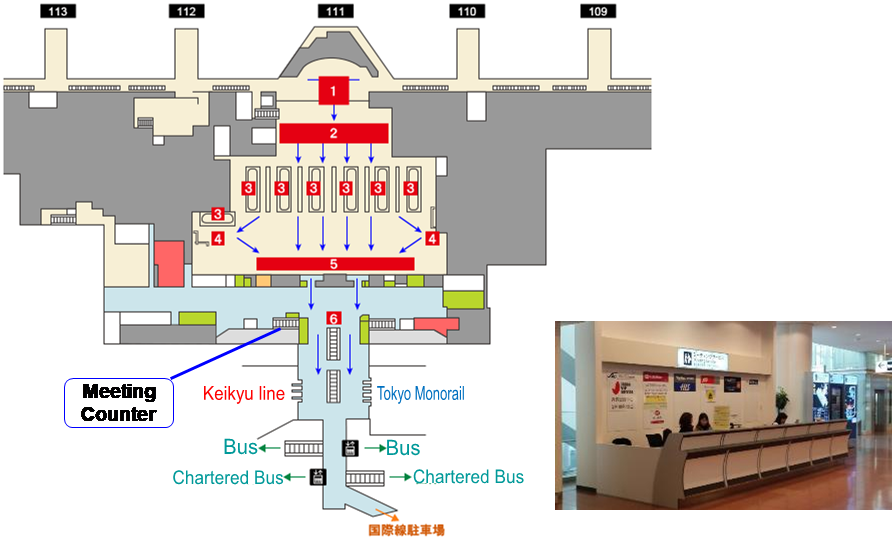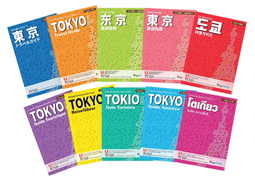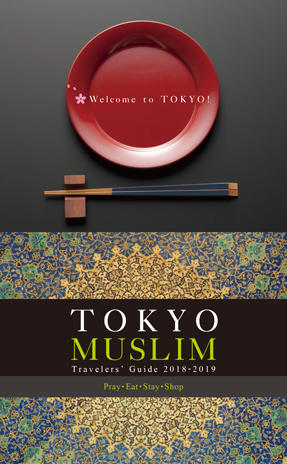About Tokyo
Tokyo, the capital and a metropolis like no other, home to over 30 million people, offers you unique and inspiring moments through the marvelous mixture of traditional and contemporary culture. The city is divided up into several municipalities, and each district and neighborhood has individual characteristics. There are myriad styles of seeing and enjoying Tokyo; something for every interest.
Among popular historical sites are Asakusa's Sensoji Temple and Nakamise, a colorful lane leading to the temple with festive stalls, which are always bustling with local worshippers and tourists alike, and the imposing Meiji Shrine and surrounding woods near Harajuku that offers an oasis of tranquility in the midst of the urban bustle. Many UNESCO Intangible Cultural Heritage productions in the world-famous arts of Kabuki, Bunraku, and Noh are offered at various theaters. Visitors can also observe and practice the Zen-inspired tea ceremony, as well as Ikebana, an elegant traditional form of flower arrangement.
At the same time, Tokyo is a growing megalopolis bursting with ideas and innovation. Throughout the city are examples of ultra-modern and glass-walled skyscrapers, like the magnificent Tokyo Metropolitan Government building near Shinjuku Station. The sights and sounds of Western music and youth culture keep Shibuya constantly vibrant, and the bustle of modern business means things are never slow in the Shinagawa area.
Train Guide in Tokyo
The Japanese railway system is world-famous for being well-organized and reliable, covering an extensive network of train lines nationwide and running with extreme punctuality. Metropolitan areas like Tokyo and Osaka boast an intricate web of railways, both above ground and underground.
For railway maps and guides around Tokyo, you can download the data from the JR East:
https://www.jreast.co.jp/e/downloads/
To find the railway route in Japan, please refer to;
https://japantravel.navitime.com/en/area/jp/route/
Useful IC Cards
Each railway companies provides variety of train tickets options and different services.
Rechargeable prepaid transportation IC cards are useful to pay train/subway and bus fares.
To use an IC card, simply tap your card on the indicated spot at the gate in the station to enter the platforms and tap again while exiting at your destination. The machines will calculate the fare and withdraw the amount from the card's balance.
What is more, you can use these cards to make contactless payment in number of shops, restaurants, and vending machines.
Pasmo and Suica are the most popular transportation cards in Tokyo.
For details on how to buy and use each card, please refer to below.
SUICA: https://www.jreast.co.jp/e/pass/suica.html
PASMO: https://www.pasmo.co.jp/visitors/en/normalpasmo/
”Welcome SUICA” and “PASMO Passport”
“Welcome SUICA” and “PASMO Passport” are useful for short-term foreign visitors.
Valid for 28 days and deposit-free, they can be used throughout Japan and come with special privileges.
When returning home, you don’t have to return them to obtain the JPY500 deposit, but take them home as a souvenir.
The Welcome SUICA card and PASMO Passport can be purchased at ticket vending machines at some major train/subway stations and also at the terminal stations at both Haneda and Narita Airports.
For more information, please refer to;
Welcome SUICA: https://www.jreast.co.jp/multi/en/welcomesuica/welcomesuica.html
PASMO Passport: https://www.pasmo.co.jp/visitors/en/about/
Welcome desks at the airports
Welcome desks will be placed at the airports to be a one-stop information counter for international delegates arriving in Tokyo.
Dates: July 2 (Sun) and 3 (Mon) 8:00-20:00
Location:
- Narita Airport Terminal 1, 1F International Arrival Lobby, near Central Exit
- Narita Airport Terminal 2, 1F International Arrival Lobby, near Central Exit
- Haneda International Airport, 2F Arrival Lobby, Meeting Service Counter
Narita Terminal1/2: Both are located in the center of the Arrival Lobby (1F) .

Haneda International Passenger Terminal: Arrival Lobby (2F).

Flights
Direct flights to Narita and Haneda are the most common ways to access the country. Once you arrive, you can jump on an express train or Limousine bus that will transport you into the heart of the city. Please check these pages on Narita Airport and Haneda Airport for more information.
Other Support
The tourism guidebooks will be offered for all international conference delegates.
Official Tokyo Tourism Guide

TOKYO MUSLIM Travelers’ Guide


